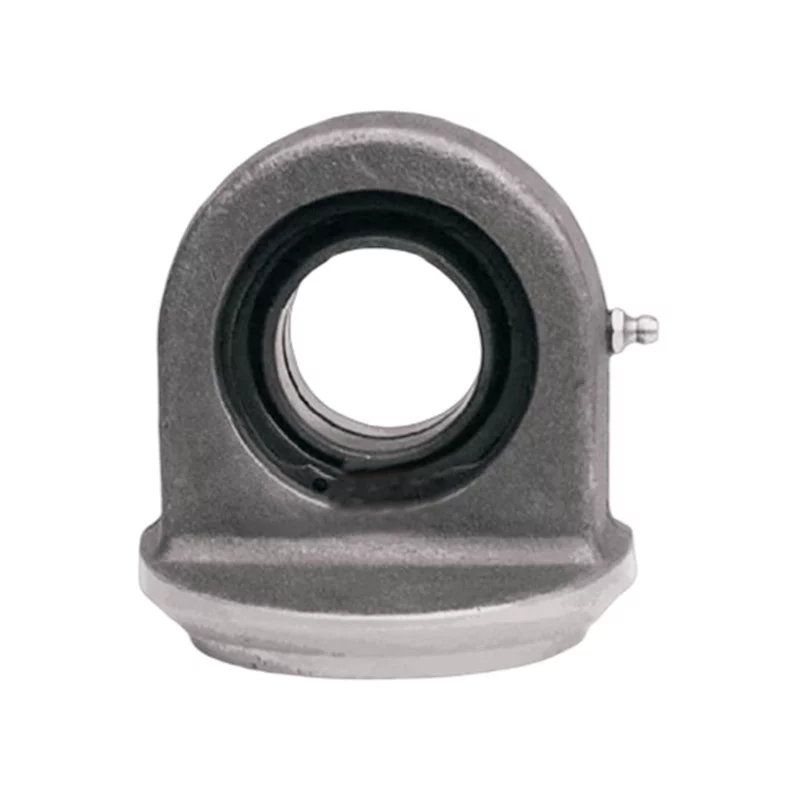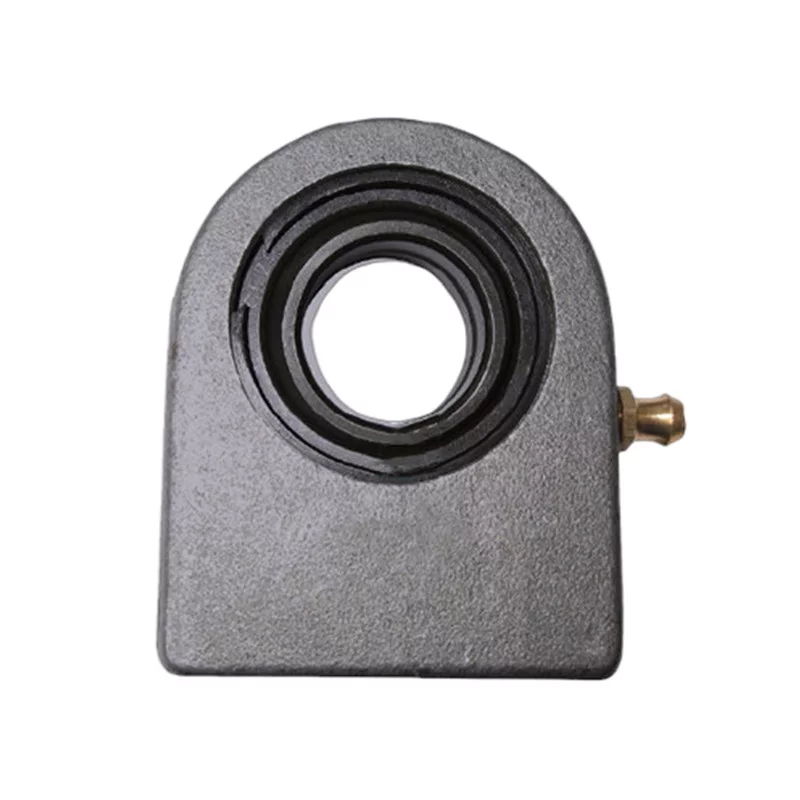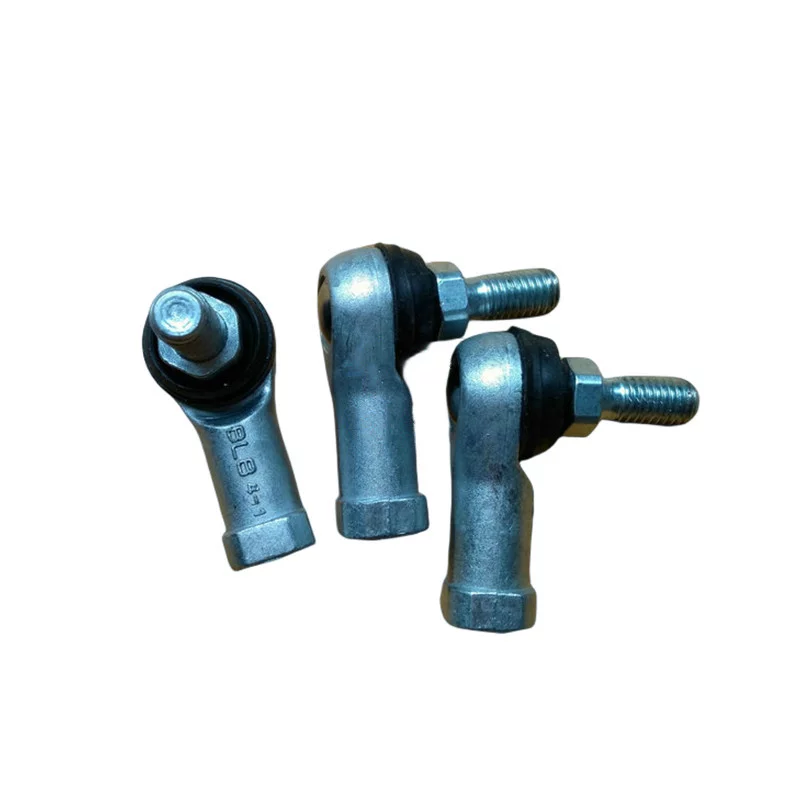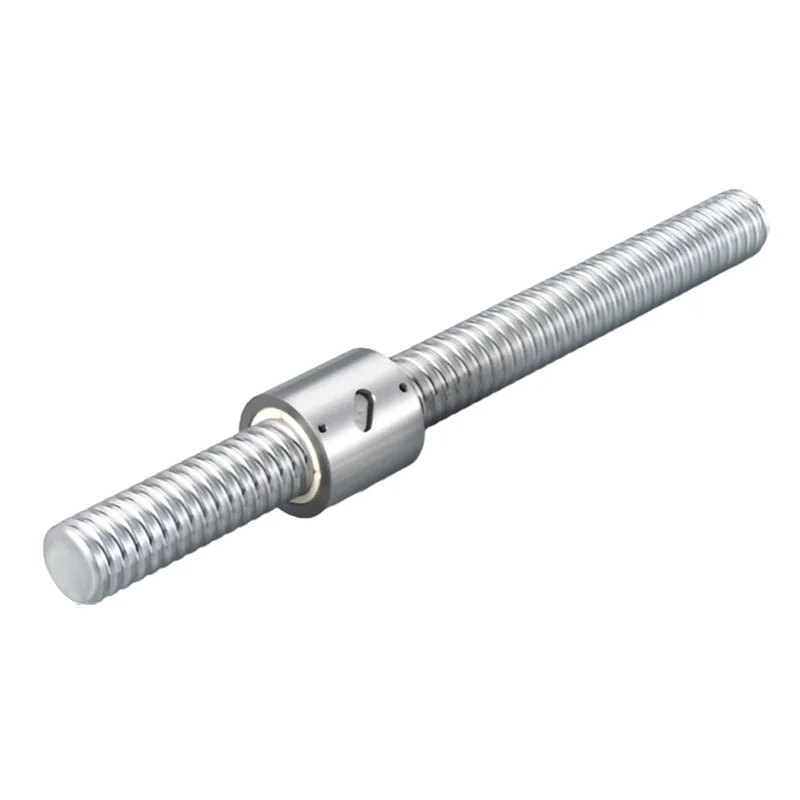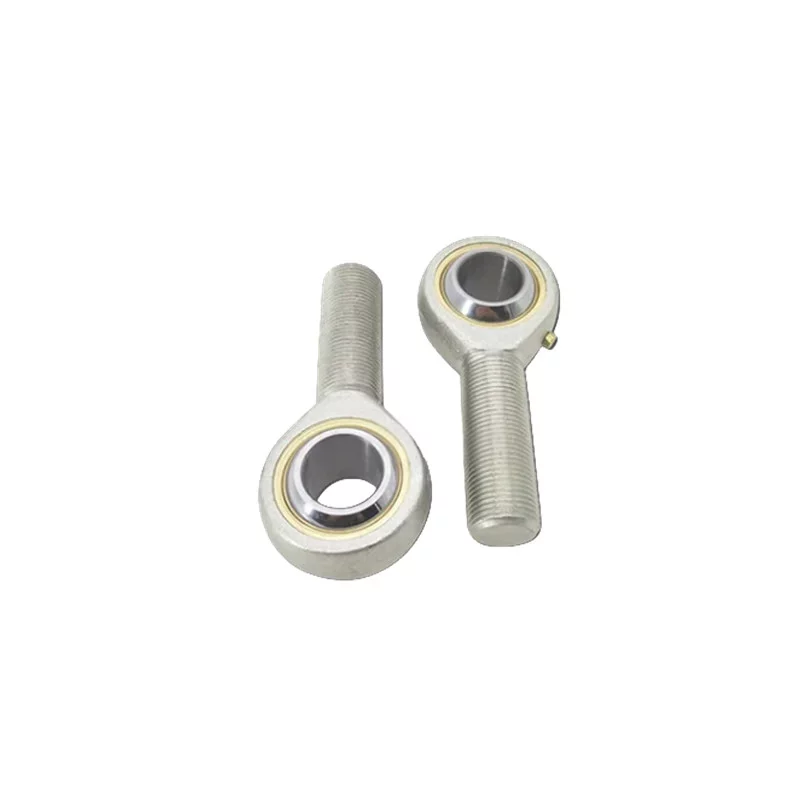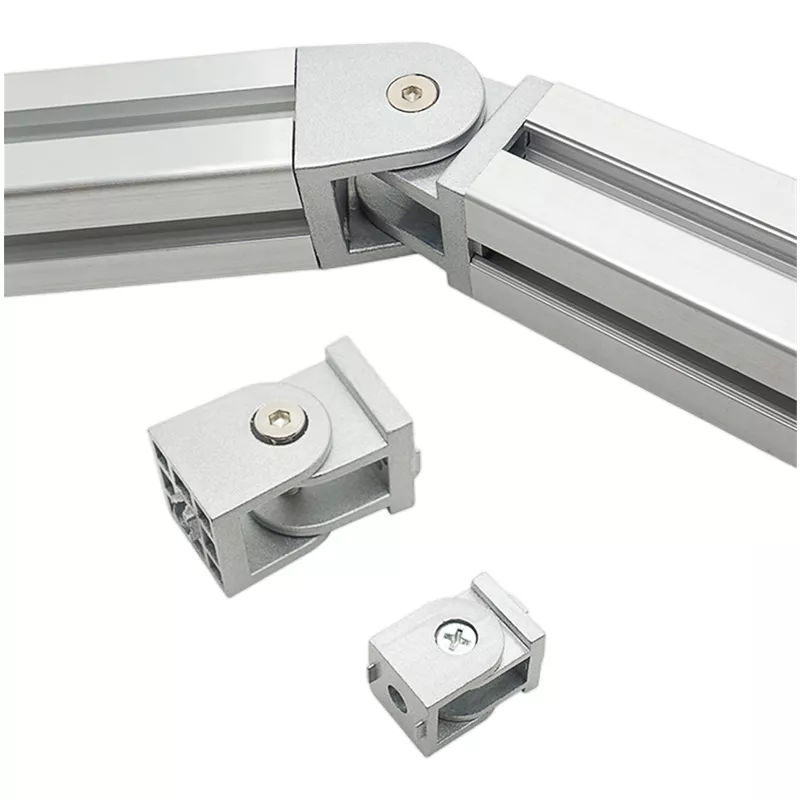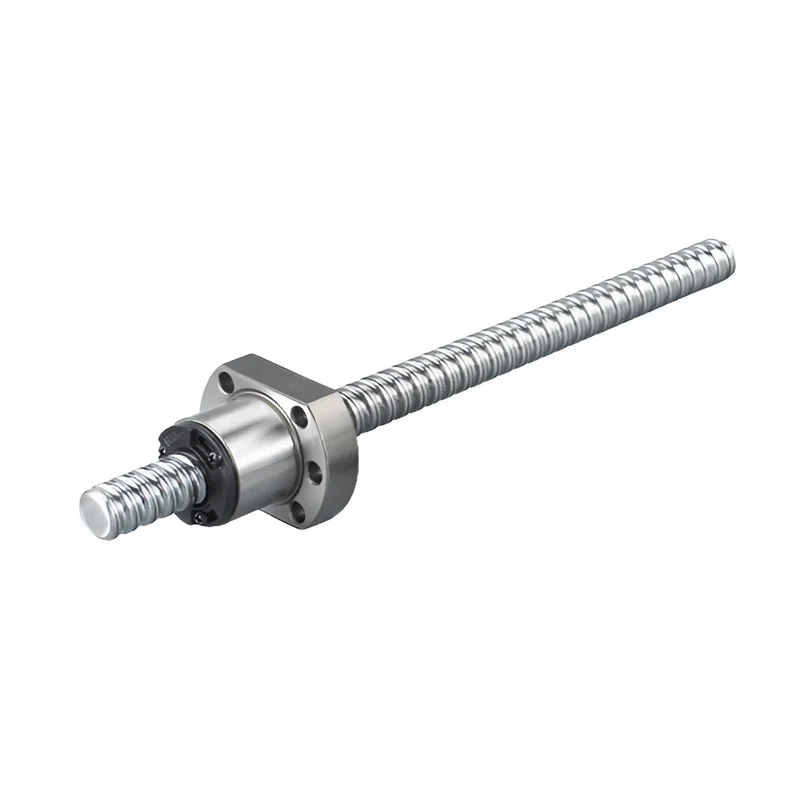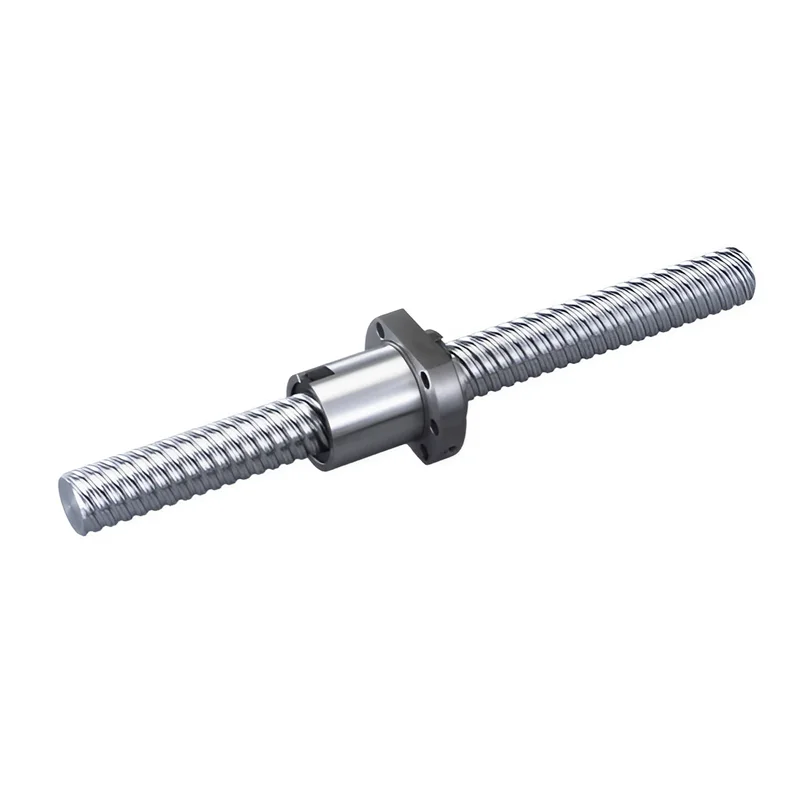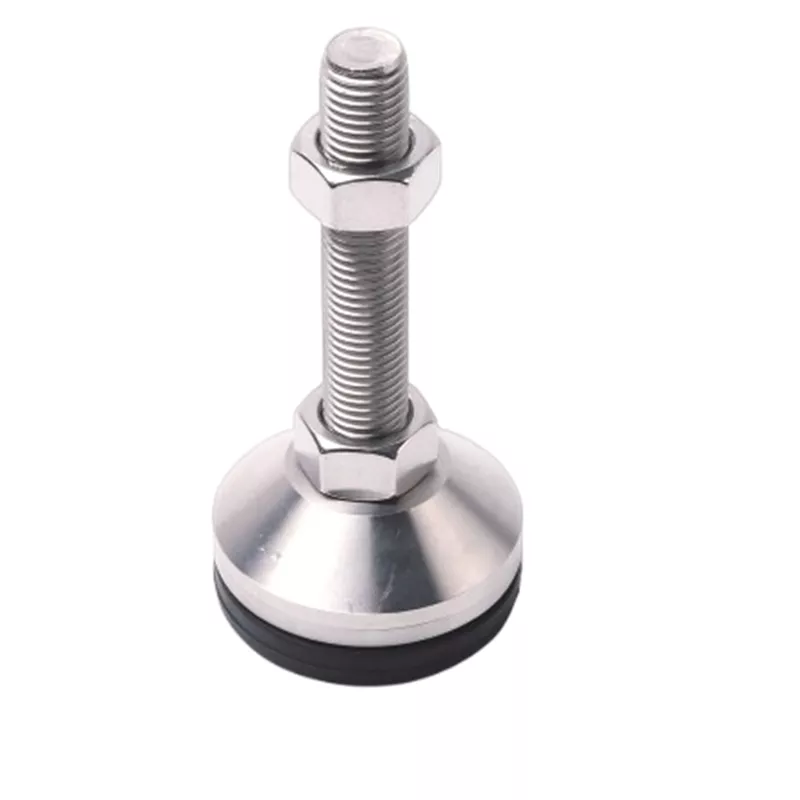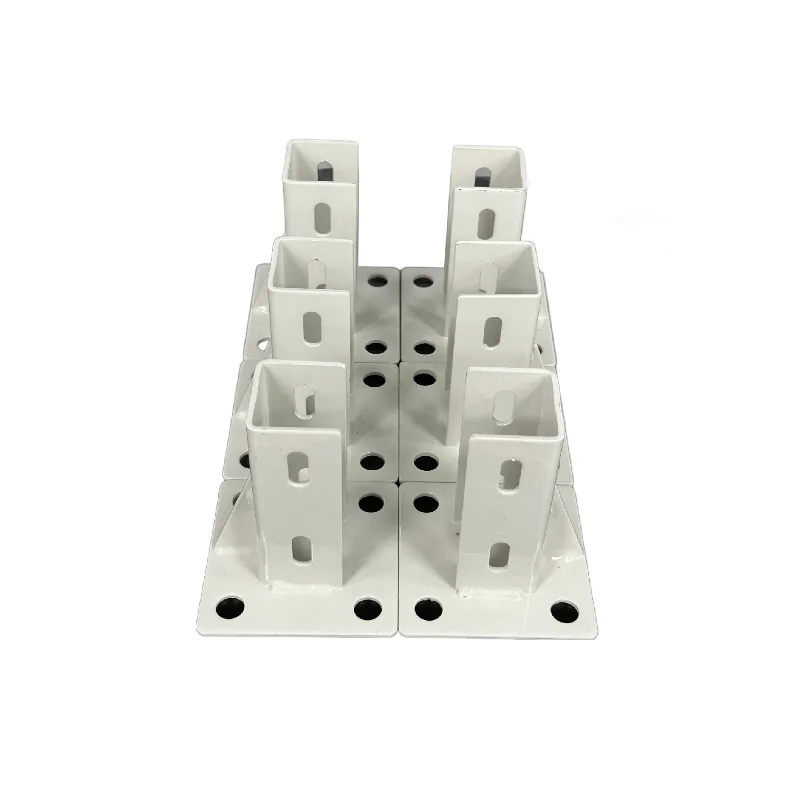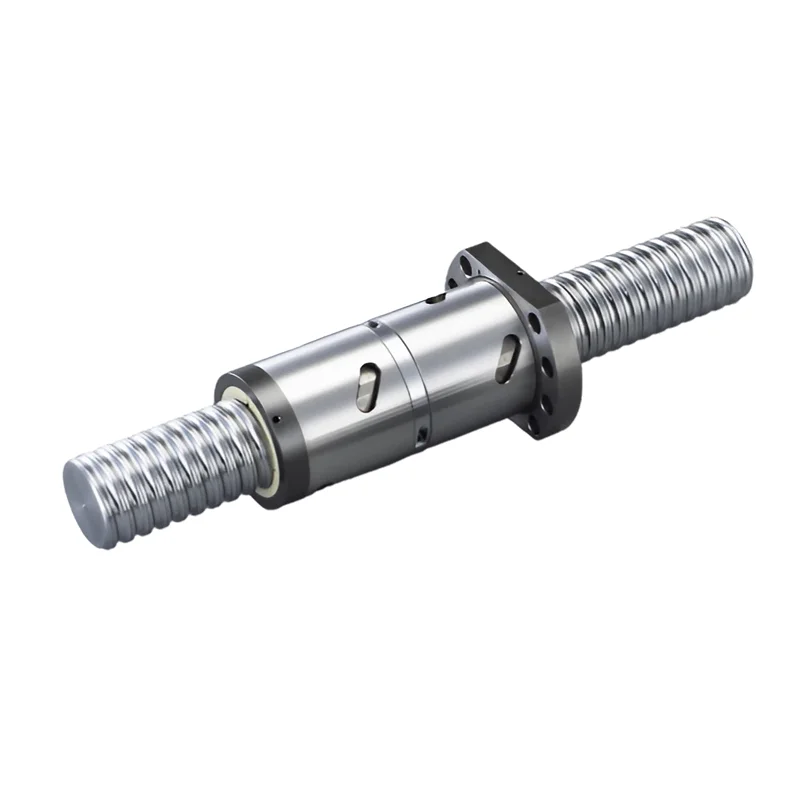How to Measure T-Nuts
When it comes to woodworking, metalworking, or any project involving fastening components to a T-slot or T-track, accurately measuring T-nuts becomes crucial. T-nuts, also known as tee nuts or T-slot nuts, are specially designed fasteners that are inserted into T-slots of machine tables, workbenches, or other equipment to provide a threaded hole for bolts or studs.
Understanding T-Nuts
T-nuts typically have a flat flange with prongs or serrations on one side that grip the surface of the slot when inserted, preventing rotation and ensuring a secure connection. The other side of the nut is threaded to accept bolts, studs, or threaded rods. These nuts come in various sizes and configurations to suit different applications and T-slot dimensions.
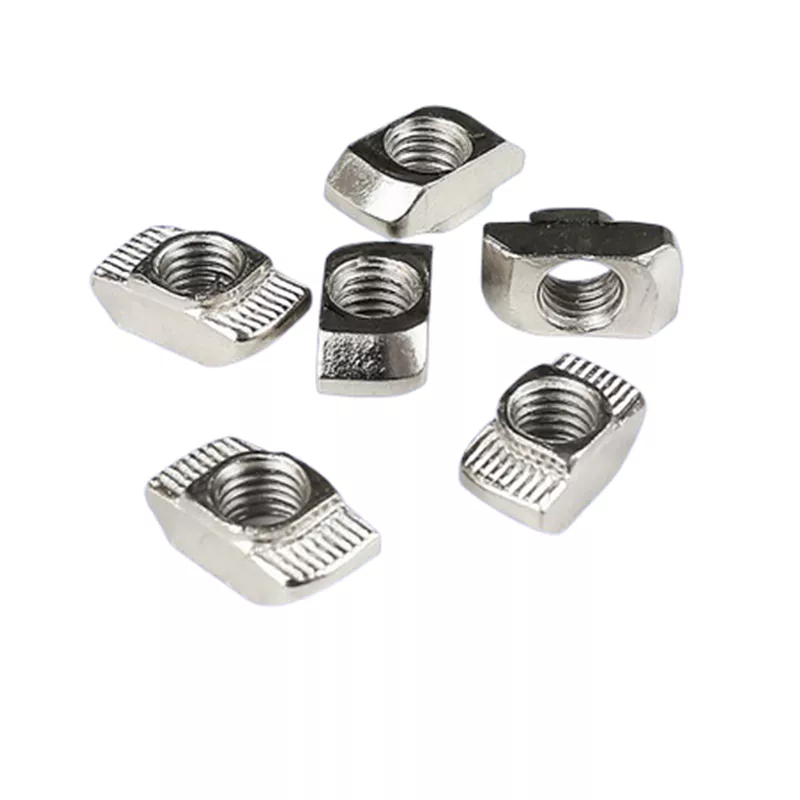
Measuring T-Nuts: Key Dimensions
Accurately measuring T-nuts involves determining several key dimensions:
Thread Size: The thread size refers to the diameter and pitch of the threaded hole in the T-nut. Common thread sizes include metric (M) and imperial (UNC or UNF) measurements. Use a thread gauge or calipers to measure the diameter and count the number of threads per inch or millimeter to determine the pitch.
Flange Size: The flange size is the diameter of the flat portion of the T-nut. Measure the widest part of the flange using calipers or a ruler.
Prong Length: For T-nuts with prongs or serrations, the prong length is crucial as it determines how securely the nut will grip the T-slot. Measure the length of the prongs from the base of the flange to the tip.
Overall Length: The overall length of the T-nut includes both the threaded portion and any protruding prongs. Measure from the bottom of the flange to the end of the threaded portion.

Tips for Accurate Measurement
To ensure precise measurements of T-nuts, follow these tips:
Use calipers or micrometers for accurate measurements of diameters and lengths.
Count threads carefully to determine the pitch accurately.
Measure multiple T-nuts of the same type to confirm consistency and accuracy.
Refer to manufacturer specifications or product documentation for precise measurements, especially for specialized or custom T-nuts.
Conclusion
Accurate measurement of T-nuts is essential for selecting the right fasteners for T-slot applications. By understanding key dimensions such as thread size, flange size, prong length, and overall length, you can confidently choose T-nuts that fit securely and provide reliable fastening solutions for your projects. Always use precise measuring tools and techniques to ensure accuracy and compatibility with your T-slot systems.
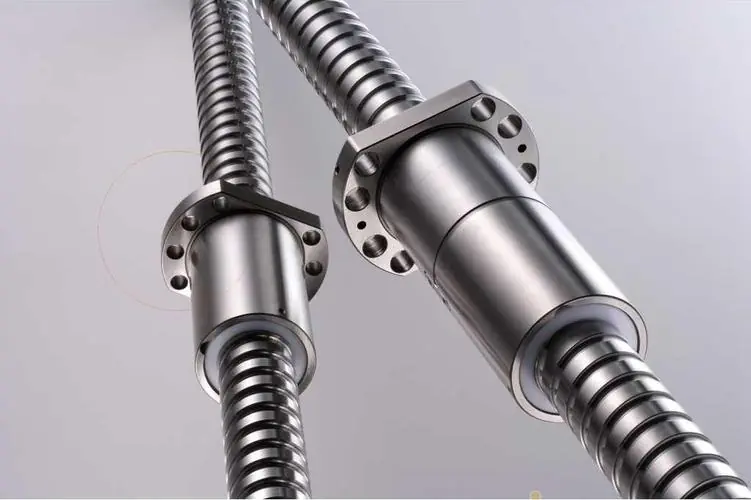 Why Precision Ball Screws are Vital for Industrial Automation and How to Choose the Right Supplier
Why Precision Ball Screws are Vital for Industrial Automation and How to Choose the Right Supplier
 SAIVS Linear Motion Ball Slide Units – Precision and Reliability for Your CNC Needs
SAIVS Linear Motion Ball Slide Units – Precision and Reliability for Your CNC Needs
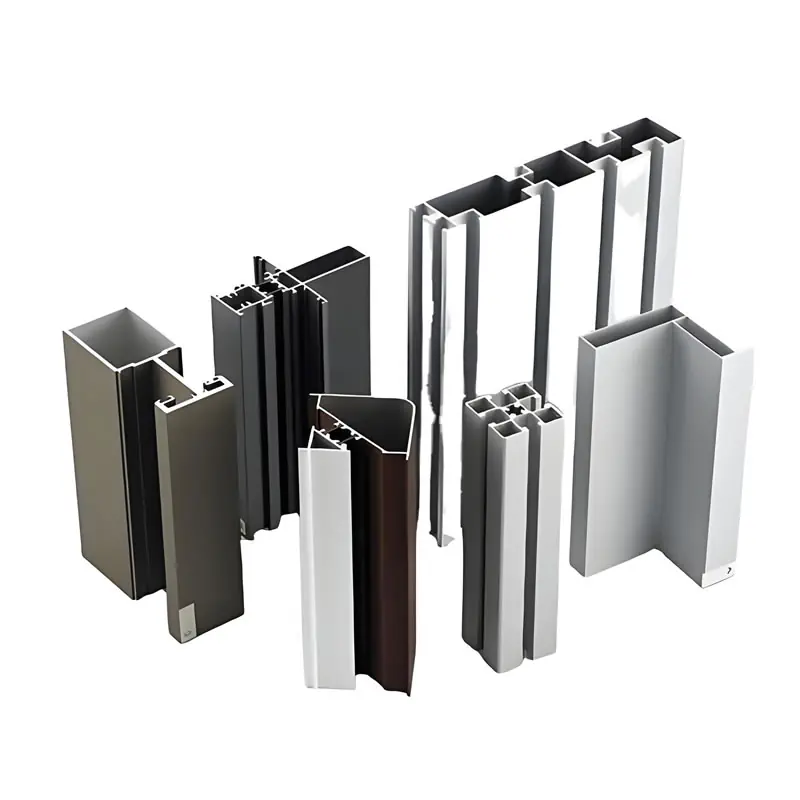 High - Quality T - Slot Aluminum Extrusion Profiles from Ningbo SAIVS Machinery Co., Ltd
High - Quality T - Slot Aluminum Extrusion Profiles from Ningbo SAIVS Machinery Co., Ltd
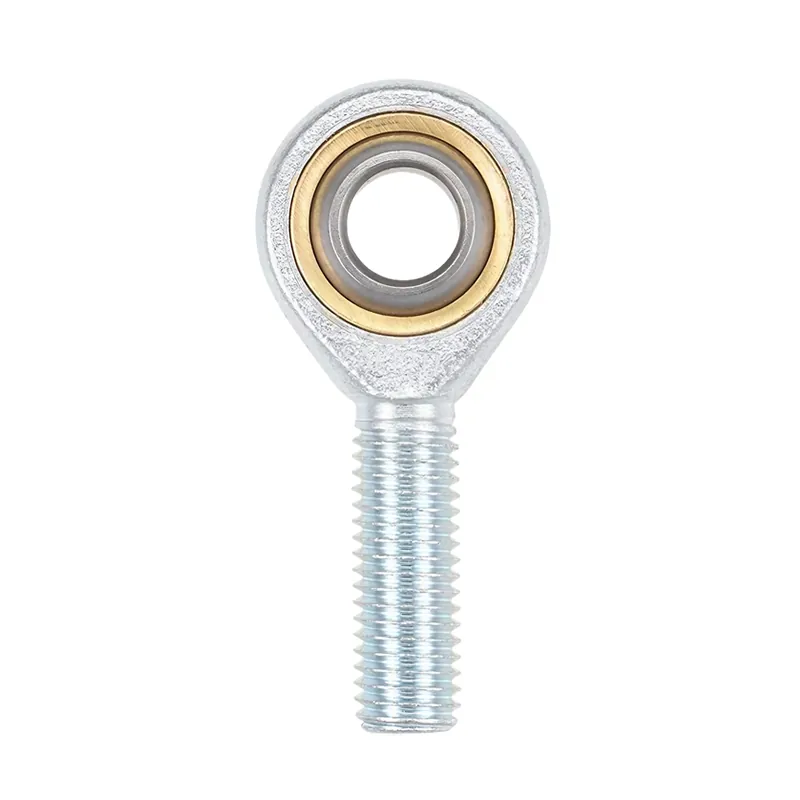 Enhance Industrial Efficiency with Premium Cylinder End Bearings from SAIVS
Enhance Industrial Efficiency with Premium Cylinder End Bearings from SAIVS

